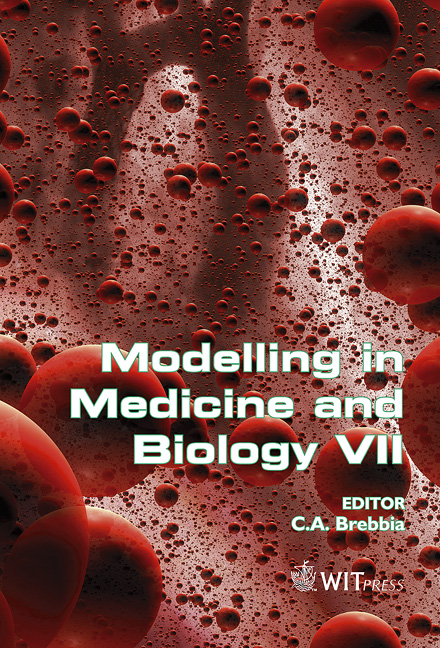A Comprehensive Cerebrovascular Simulation Model For Teaching And Research
Price
Free (open access)
Transaction
Volume
12
Pages
10
Published
2007
Size
457 kb
Paper DOI
10.2495/BIO070171
Copyright
WIT Press
Author(s)
M. Ursino, M. Giannessi & W. B. Murray
Abstract
A comprehensive mathematical model of cerebral hemodynamics, with separate regulation of multiple brain regions, is presented. The main sectors included in the model are: the Circle of Willis, the hemodynamic circulation in the six districts perfused by the cerebral arteries, venous return with collapsible veins, cerebrospinal fluid circulation, and intracranial elasticity. Furthermore, each cerebral district is independently regulated following changes in cerebral perfusion pressure and CO2 tension. In this work, the model is used to analyze cerebral hemodynamics during unilateral stenosis or occlusion of an internal carotid artery, as well as to assess the compensatory role of the Circle of Willis and of cerebrovascular regulatory mechanisms. Results show that, in normal subjects, the action of local blood flow regulation mechanisms and compensation by the Circle of Willis ensure adequate ipsilateral blood flow even in the presence of total unilateral internal carotid artery occlusion. However, a steal phenomenon is observed (i.e., a decrease of blood flow in the ipsilateral region) following hypercapnia. Sensitivity analysis on the calibre of the communicating arteries reveals that the anterior communicating artery plays a pivotal role in ensuring blood flow in the ipsilateral side during internal carotid artery stenosis. The model may have important clinical and educational applications, allowing the assessment of blood perfusion to different brain regions in various pathophysiological cases. Keywords: mathematical model, simulation, cerebral physiology model, circle of Willis, cerebral autoregulation, CO2 reactivity, stroke.
Keywords
mathematical model, simulation, cerebral physiology model, circle of Willis, cerebral autoregulation, CO2 reactivity, stroke.





